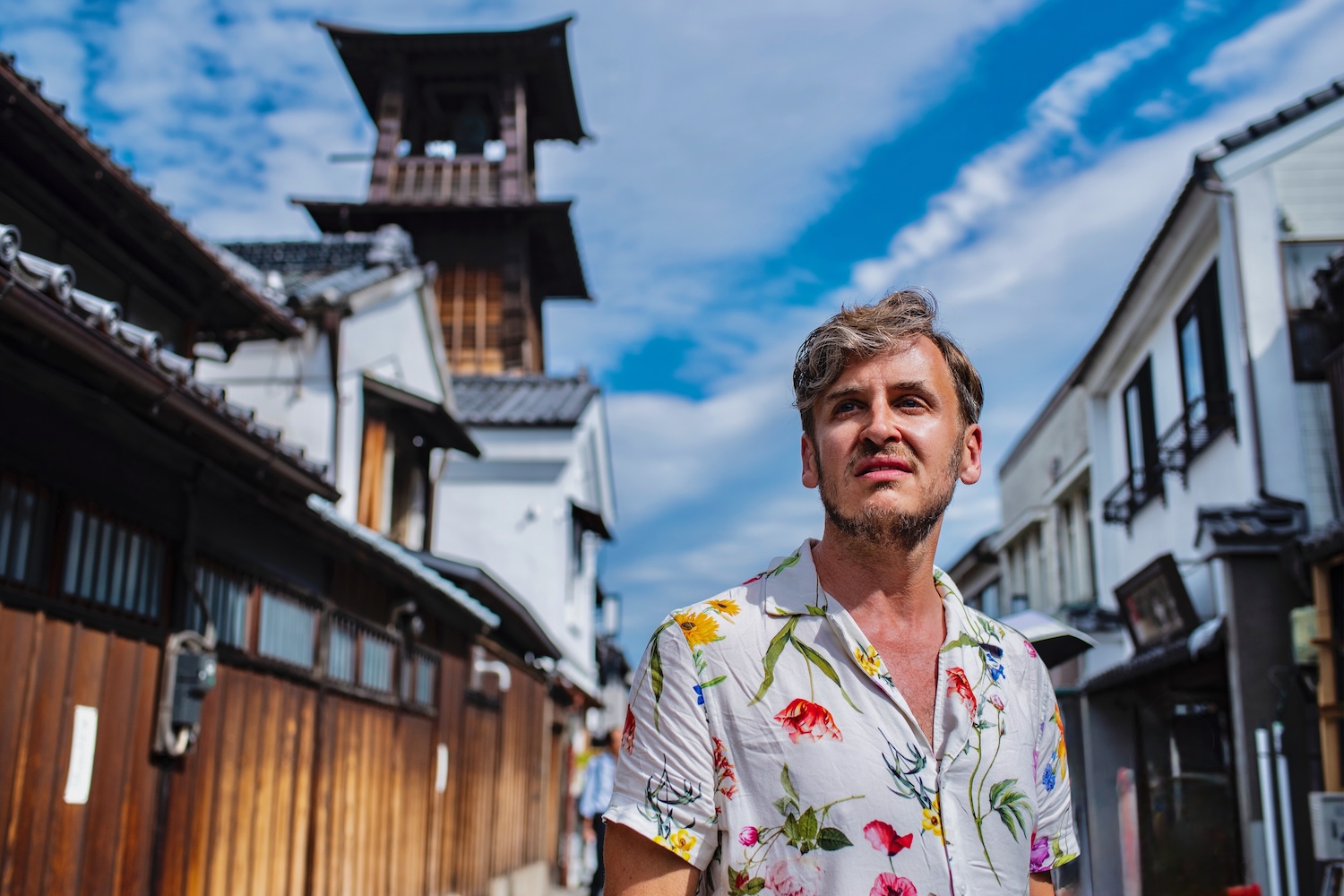The first time I visited Japan, I made a special note of the “Big Three” day trips from Tokyo: Nikko in the mountains; Kamakura on the sea; and Kawagoe…back in time?
Needless to say, amid a busy travel schedule (and with plenty of ancient structures and customs around me throughout my trip, regardless of where I was), the third of these options simply wasn’t as compelling as the other two. To the extent, I should note, that it took me almost five years after first setting foot in Japan to visit Kawagoe.
Thankfully, it was more than worth the wait. Even better, I’ve now been back a few times—and I’m confident I’ve crafted the perfect Kawagoe day trip.
How to Get to Kawagoe from Tokyo
The simplest way to travel from Tokyo to Kawagoe is to first ride to Ikebukuro Station, which is both on the JR Yamanote Line, and is also connected to the rest of central Tokyo via the Tokyo Metro Marunouchi Line. From there, follow the signs to the Tobu Lines, where the Tobu Tojo Line can take you to Kawagoe Station in about 45 minutes. Note that some trains may be slightly slower or faster than this.
Once you get to Kawagoe Station, meanwhile, you’ll face a choice. If the weather is nice and you have time, you can walk into the heart of the old town in about 20-30 minutes. Alternatively, regular city buses can take you to all major attractions in a fraction of that time. I usually prefer walking if I can, and this allows me to get even more excited about everything I’ll do and see once I arrive in the city center!
What to Do in Kawagoe
Stroll down “Candy Alley”
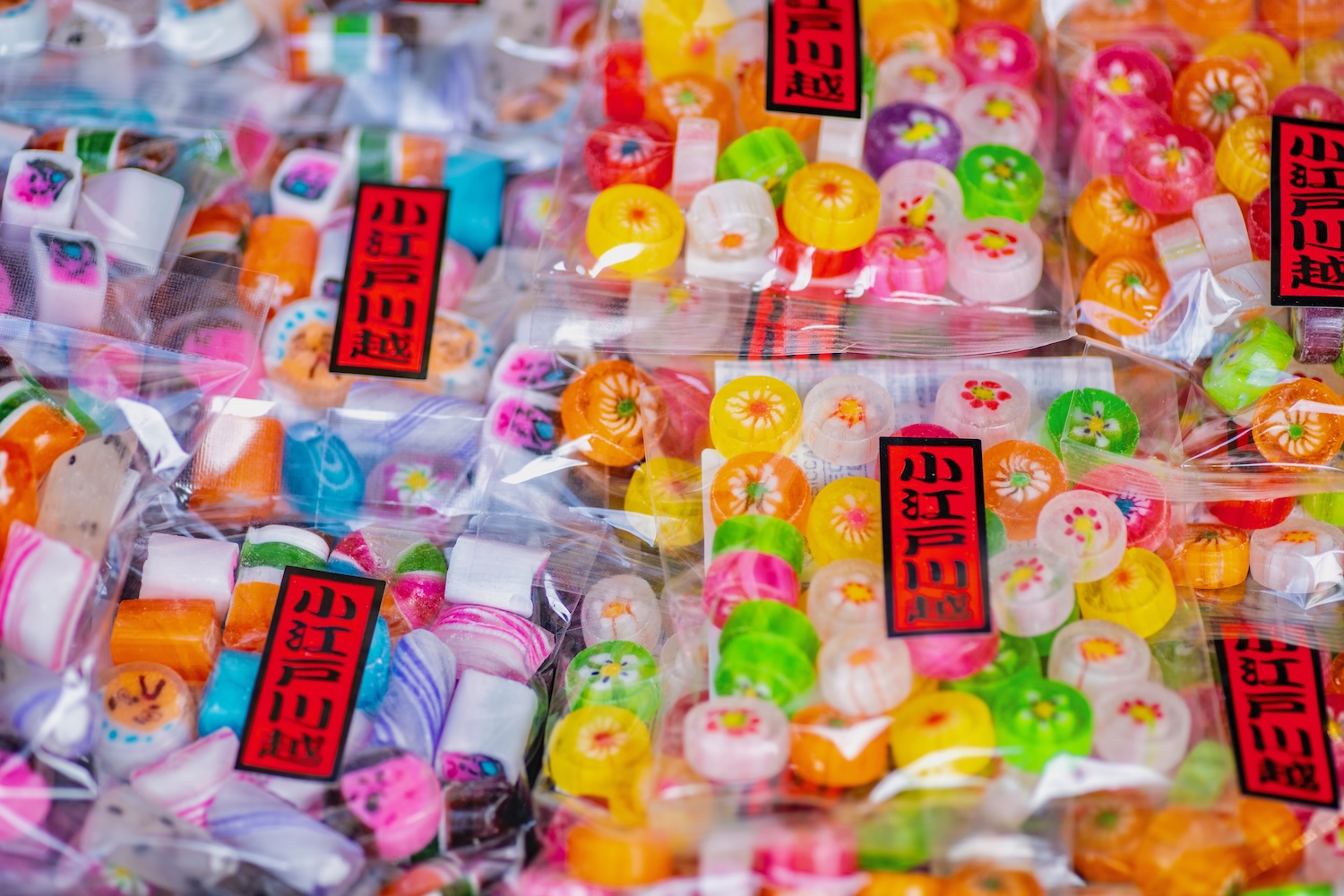
The bad news? There isn’t nearly as much candy along Kashiya Yokocho as its English name (Candy Alley) would suggest. The good news? There are still plenty of treats to be had, namely various concoctions (my personal favorite being soft-serve ice cream) made with locally-grown sweet potatoes (more on those in a minute>
Lean into Kawagoe’s Edo aesthetic
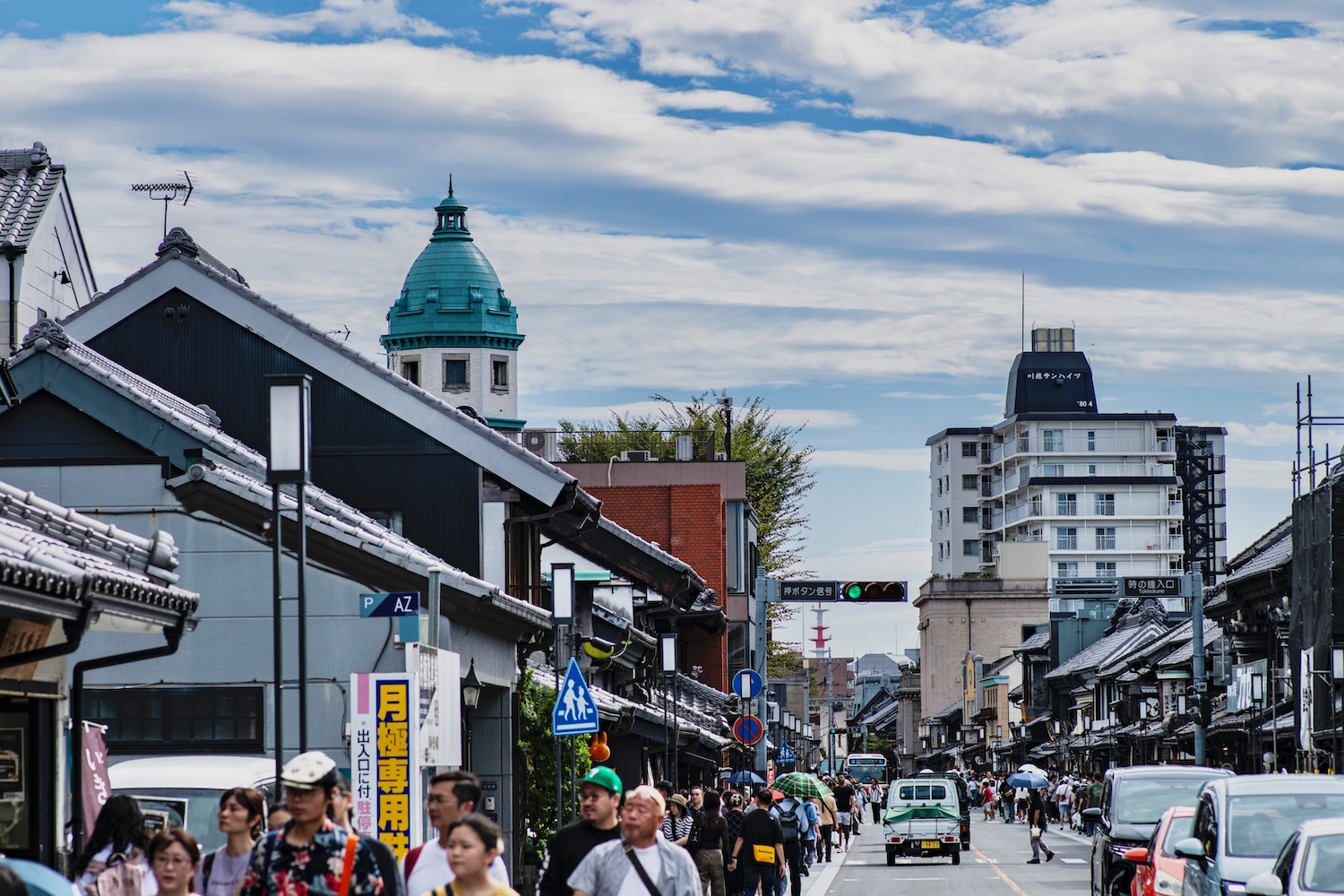
The next most logical addition to any Kawagoe itinerary is Toki-no-kane, a late-19th century bell tower which is both the symbol of the city and its most conspicuous architectural connection to the Edo period. This is the most popular tourist attraction in town, though I’m also partial to Taisho Roman Street.
Eat unagi or imo
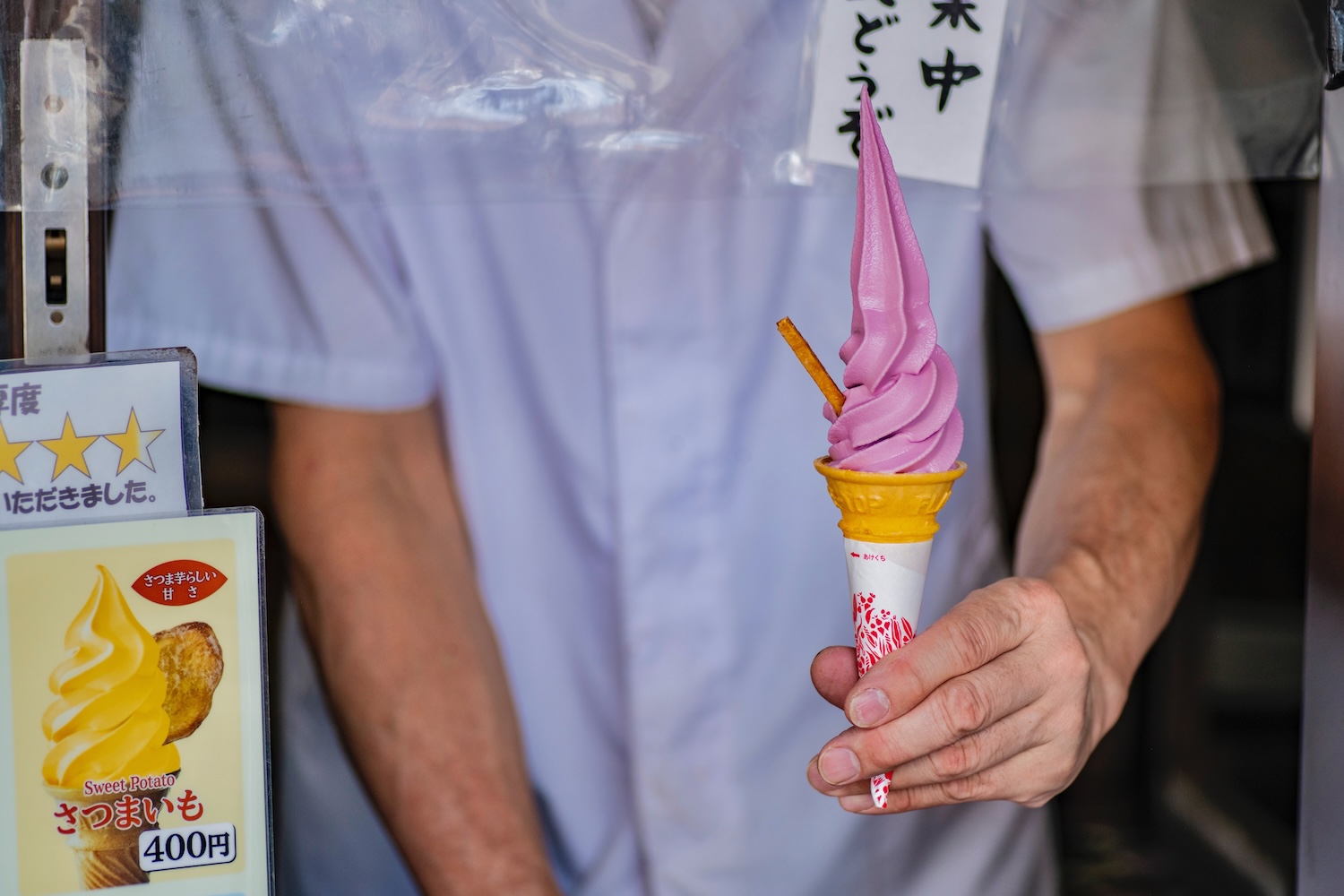
I’m not a huge fan of unagi—sorry to anyone who does like eel. At the same time, I did eat a kamameshi rice bowl containing it during my last visit to the city. Indeed, even if you can’t stomach the tamest version of this creature on your Kawagoe trip, you can get your culinary fix by eating items made with sweet potatoes (imo).
Visit a unique shrine
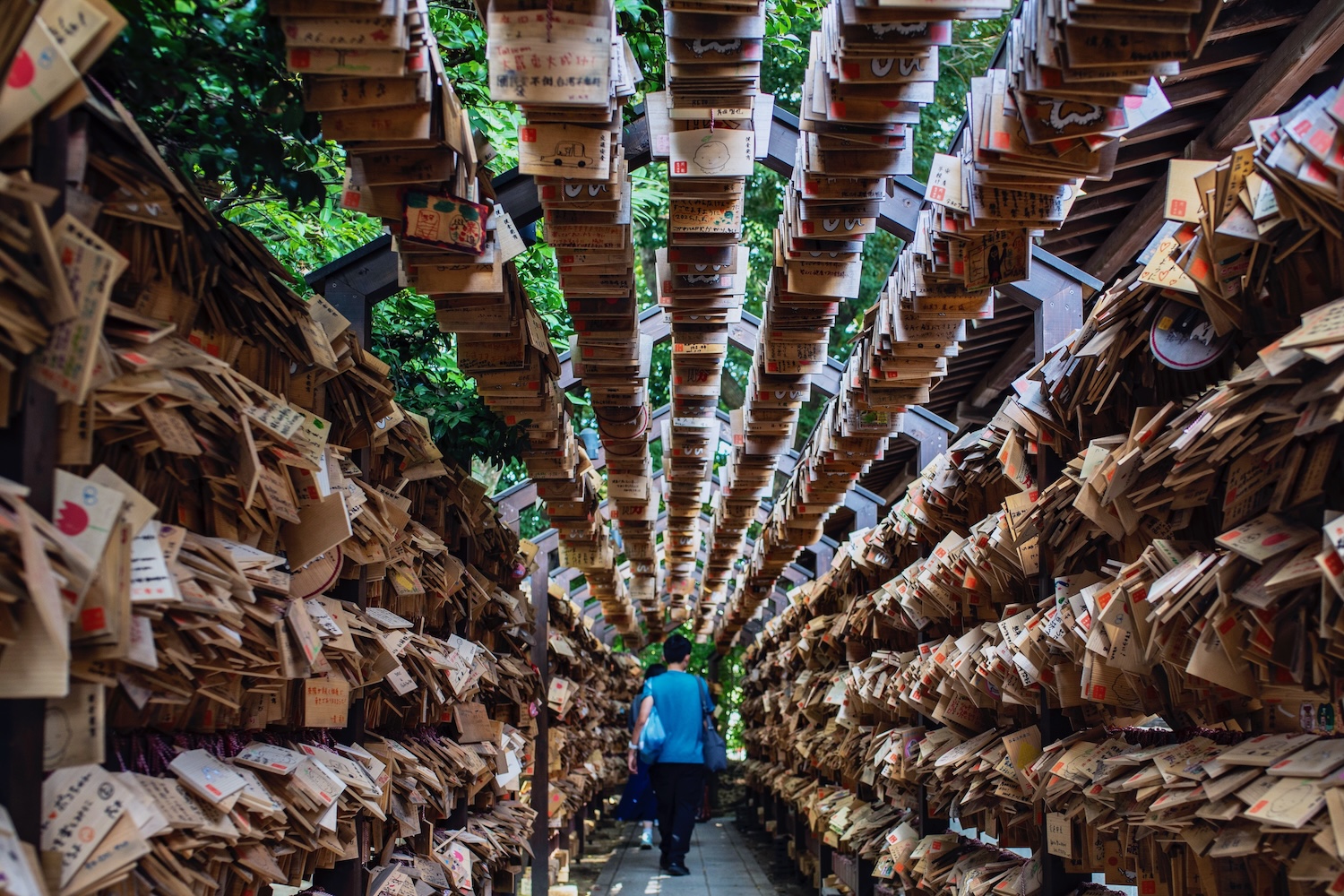
For Asian travelers who travel to Kawagoe from Tokyo, Hikawa Shrine is a must-visit stop, with deities governing relationships and matchmaking among those that have been enshrined there since the 6th century. You won’t see many Westerners here, which is a bit shocking if I’m honest, given how visually impressive it is.
Enjoy a seasonal spectacle
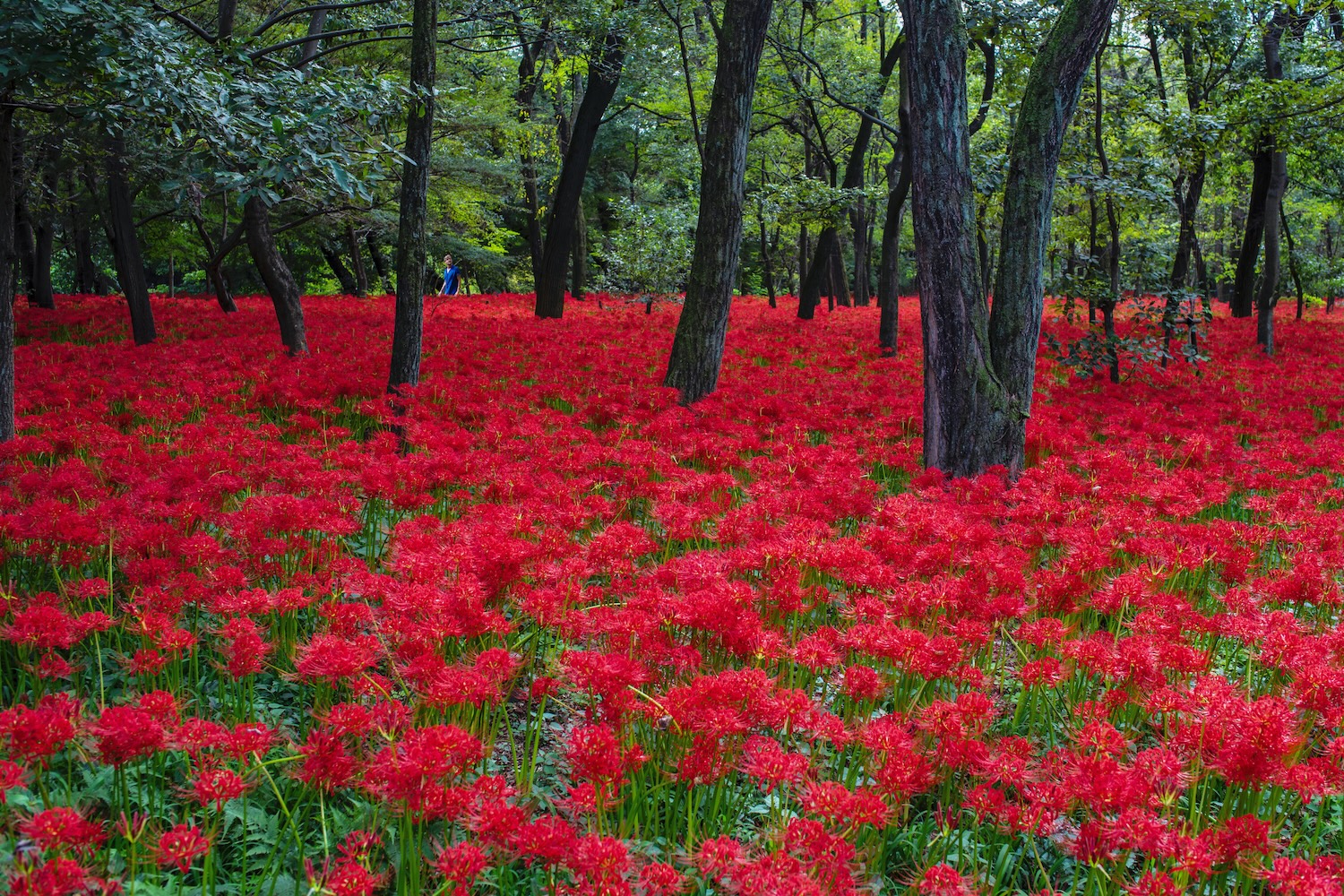
In an ideal world, you would come to Kawagoe in early April, and walk under cherry blossoms along the Shingashi River. However, there are other seasonal spectacles to enjoy at less busy times of the year. I’m thinking in particular about the red spider lilies at Kinchakuda Manjushage Park in Hidaka city, about an hour west of Kawagoe by car.
Should You Stay Overnight in Kawagoe?
On one hand, Kawagoe is home to a few cute accommodations, and they tend to be priced much more affordably (and, importantly, feature much larger rooms) than most hotels in Tokyo. I’m thinking in particular about the small and authentic Musubiya inn and Ryokan Matsumuraya which, as its name suggests, is a traditional Japanese guest house with options for half and full board.
On the other hand, unless you plan to explore Saitama destinations beyond Kawagoe, or simply want to take your time exploring the city (and to see it after day trippers have left), then my Kawagoe day trip itinerary should be perfectly sufficient. Even if you leave very early from Ikebukuro or plan on coming back very late, the reality is that the old town simply isn’t big enough to occupy more than half a day of most travelers’ time.
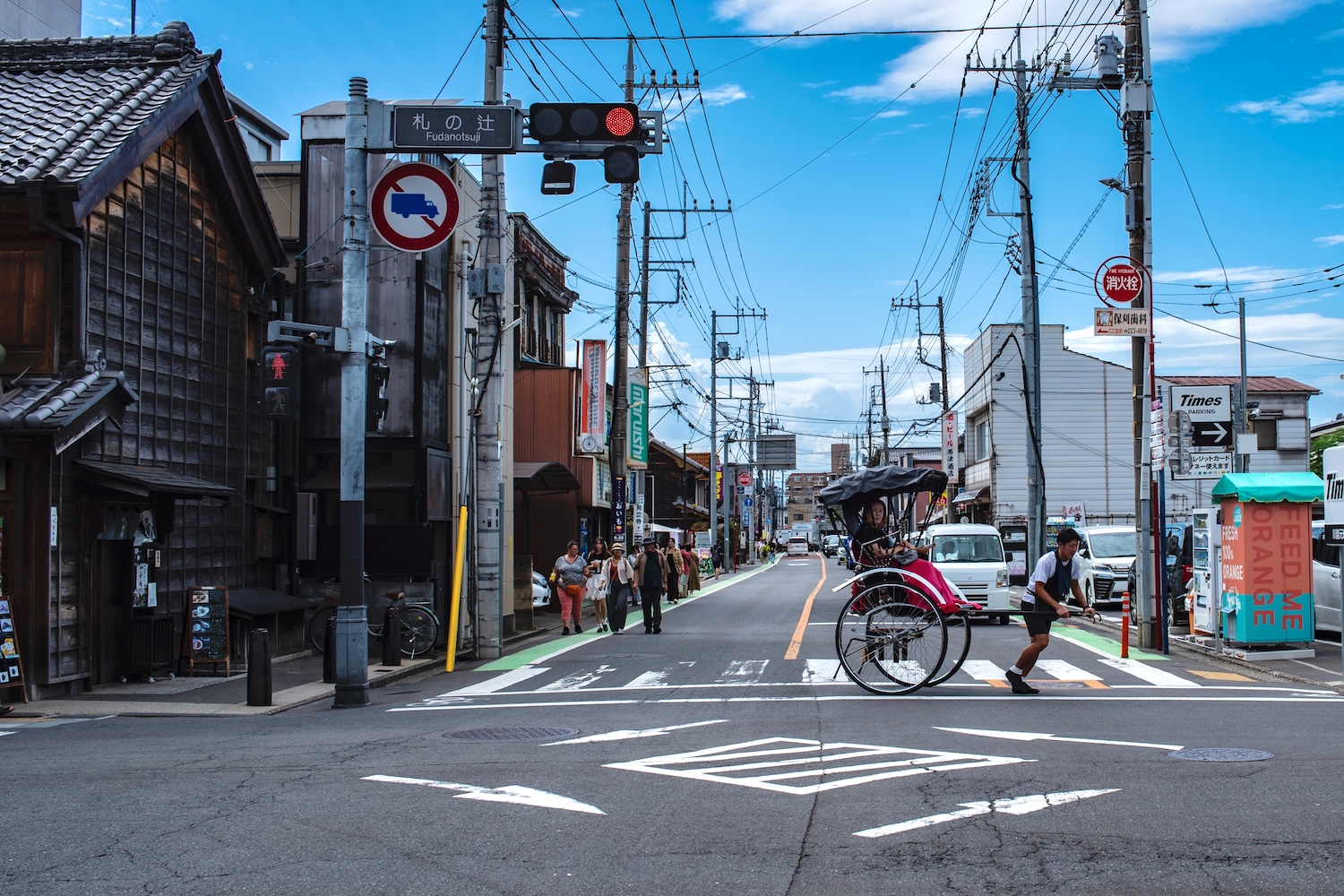
Other FAQ About Taking a Kawagoe Day Trip
Is Kawagoe worth visiting?
Kawagoe is definitely worth a visit, irrespective of your interest in Edo-period architecture. The upside of it being so much less-known than Nikko or Kamakura is two-fold: There are fewer crowds (who stay for a shorter period of time) here; what you do find when you arrive will probably exceed your expectations, because you won’t have had many.
Is Kawagoe day trip worth it?
A Kawagoe day trip is absolutely worth it. Which is to say that I don’t think most people will need to go to the effort or expense of booking a hotel in order to enjoy themselves. Indeed, given that you are unlikely to spend longer than an hour each way to and from the city, you won’t need to stay long in central Kawagoe to get a high ROI.
How much does a day trip to Kawagoe cost?
A local Tobu train from Ikebukuro to Kawagoe costs as little as ¥500 each-way; even when adding buses on the Kawagoe end and local trains on the Tokyo end, plus a modest lunch, it’s very possible to visit Kawagoe for less (maybe significantly less) than ¥5,000 per person.
The Bottom Line
I hope I’ve inspired you to take a Kawagoe day trip. And I hope you’ll look past my hypocrisy in doing so—it did, after all, take me almost half a decade after setting foot in Japan for the first time to finally visit Kawagoe myself. Thankfully, no matter when you visit the shining star of Saitama prefecture, I think you’ll find yourself impressed. This will prove especially true if you come around October 1 and are able to see the red spider lilies just outside of town, or are otherwise able to combine “Little Edo” with other nearby destinations. Speaking of which, if you want personalized help taking your next trip to the next level, I do hope you’re consider hiring me to plan it.



